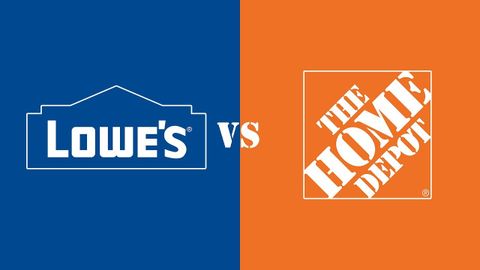ロウズ対ホームデポ (Lowe's vs. The Home Depot)
林宜悉 が 2021 年 01 月 14 日 に投稿  この条件に一致する単語はありません
この条件に一致する単語はありませんUS /ɛnˈtaɪr/
・
UK /ɪn'taɪə(r)/
- v.t./i.出場する;計算する;思う;思う
- n.姿 : 体形;数字;人物像;図表;著名人;姿の輪郭;数字
US /dɪˈprɛʃən/
・
UK /dɪ'preʃn/
- n. (c./u.)うつ病;不景気;鬱病;不況;低気圧;窪み
US /dɪˈskrɪpʃən/
・
UK /dɪˈskrɪpʃn/
エネルギーを使用
すべての単語を解除
発音・解説・フィルター機能を解除

